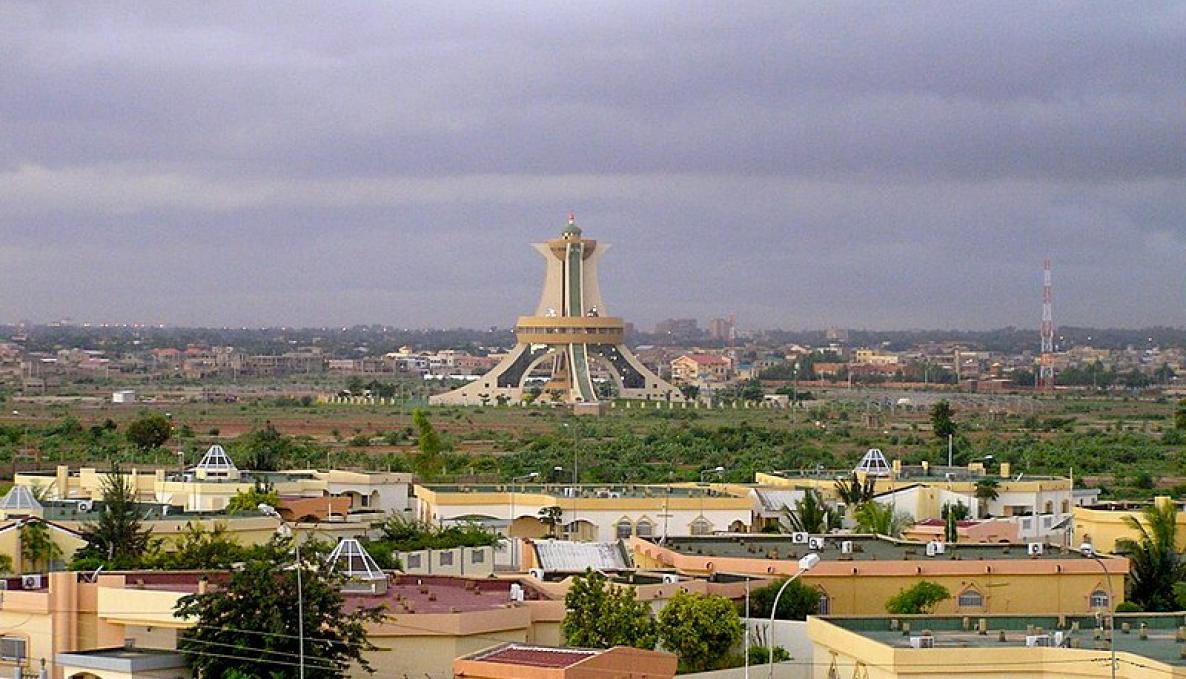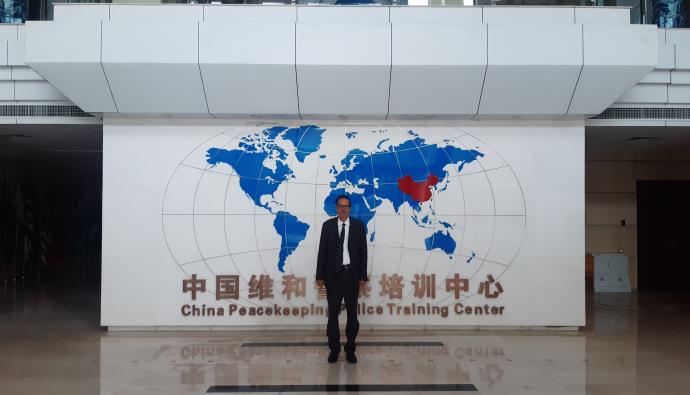Sustainability indicators added to Italy NAP
Researchers from the Institute of Life Sciences at the Scuola Superiore Sant’Anna in Pisa, one of ENDURE’s Italian partners, have played a central role in establishing a new set of indicators for the sustainability of cropping systems, which is to be added to Italy’s National Action Plan (NAP).
During the development of Italy’s NAP for the sustainable use of pesticides (Art. 22, Decree No. 150 of 14 August 2012), the need emerged for the development of a set of Response indicators (following the definition of the Driving forces, Pressure, State, Impact, Response (DPSIR) model) aimed at evaluating the sustainability of Italian cropping systems based on changes in crop diversification and the use of non-chemical pest control methods.
This set will complement the more classical indicators of Pressure (pesticide use) and Impact (health and environmental pollution) of which the Italian NAP is composed. The new set of indicators was suggested by Paolo Bàrberi and Camilla Moonen, from the Scuola Superiore Sant’Anna in Pisa, and Alfonso Scardera, of the Italian Council for Agricultural Research and Agricultural Economics, in collaboration with Alfonso’s colleague Francesco Riva.
The set of indicators is called ‘Sustainability of cropping systems’ and is composed of five indicators of preventive crop protection (Objective 1 in All. 3 of the EU Framework Directive 2009/128/EC on the sustainable use of pesticides).
The first three are aimed at arable and vegetable cropping systems and are based on the well-known principle that high crop diversity reduces the presence of specialist crop pests, weeds and diseases:
- The mean number of crops per farm in the latest four years, using a moving window.
- The duration (in years) of the crop rotation.
- The crop typologies present in the rotation (cereals/non-cereals, winter/summer crops, root/leaf vegetables).
- The fourth indicator is the duration (months/year) of herbaceous soil cover and is aimed at orchards (all tree crops included). It is based on the principle that the implementation of a well-selected herbaceous cover reduces the presence of weeds, provides habitat to beneficial insects and does not compete with the crop.
- The fifth indicator quantifies the use of non-chemical pest control tactics in all cropping systems and supposes that these alternative pest control tactics are used to replace chemical ones (Objective 4, All. 3 of the EU Directive).
The first indicator can be directly calculated from information contained in the FADN (Farm Accountancy Data Network, also known in Italy as RICA) which is managed by CREA (the Italian Council for Agricultural Research and Agricultural Economics). Indicators two to five need more detailed information at the farm level.
The information on the partitioning of crop typology, which is needed for indicators two and three, will soon be available for part of the farms in the FADN/RICA, thanks to an interchange protocol between FADN/RICA and the administrative archives managed by AGEA Coordination. The information needed to calculate indicators four and five can be retrieved by integrating two questions in the standard questionnaire submitted for the RICA survey.



